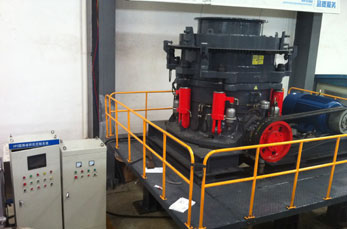Jaw Crusher vs. Hammer Crusher: Key Differences and Applications
Both jaw crushers and hammer crushers are used for crushing materials, but they operate differently and are suited for distinct applications. Here’s a comparison:
1. Working Principle
– Jaw Crusher: Uses compressive force to break materials. A fixed jaw and a movable jaw squeeze the material until it fractures.
– Hammer Crusher: Relies on impact force. Rotating hammers strike the material, breaking it against impact plates or grates.
2. Suitable Materials
– Jaw Crusher: Best for hard, abrasive materials (e.g., granite, basalt, iron ore).
– Hammer Crusher: Better for soft to medium-hard materials (e.g., limestone, coal, gypsum).
 3. Output Size & Shape
3. Output Size & Shape
– Jaw Crusher: Produces more uniform, cubical particles with adjustable discharge size.
– Hammer Crusher: Generates finer but less uniform output (may produce more powder).
4. Wear & Maintenance
– Jaw Crusher: Wear parts (jaw plates) last longer but are costly to replace.
– Hammer Crusher: Hammers wear out faster but are easier and cheaper to replace.
.jpg) 5. Applications
5. Applications
| Feature | Jaw Crusher | Hammer Crusher |
|—————|————|—————-|
| Primary Crushing | ✔️ Best choice | ❌ Not ideal |
| Secondary Crushing | ✔️ Possible | ✔️ Common |
| Soft Materials | ❌ Less efficient | ✔️ Effective |
| Hard Materials | ✔️ Excellent | ❌ High wear |
6. Cost & Efficiency
– Jaw Crusher: Higher initial cost but lower operating cost for hard materials.
– Hammer Crusher: Lower upfront cost but higher wear costs in abrasive applications.
Which One to Choose?
✔ Use a jaw crusher if: You need primary crushing of hard rocks or require precise particle sizing.
✔ Use a hammer crusher if: You’re processing softer materials or need high reduction ratios in one stage.
Would you like recommendations based on a specific material or production requirement?





Leave a Reply